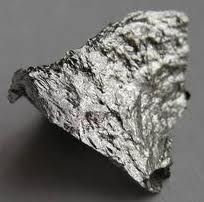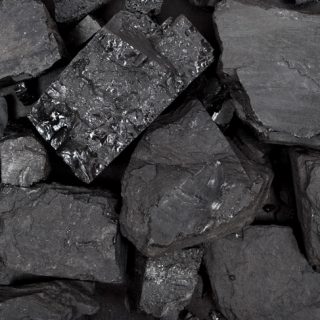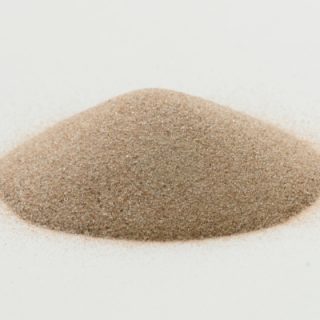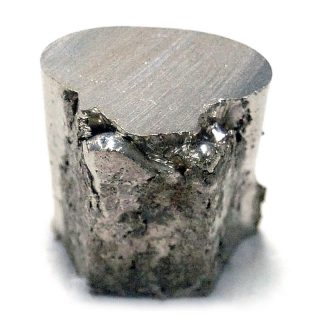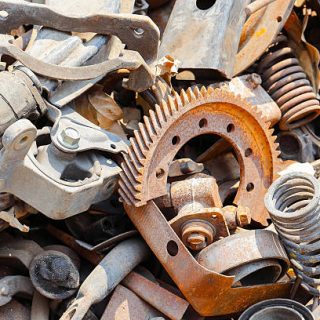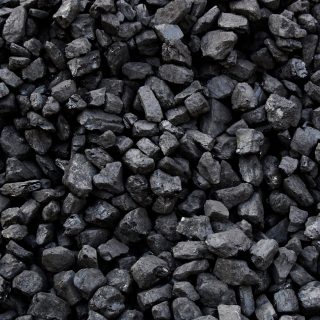Related products
-
Carbon (from Latin: carbo “coal”) is a chemical element with the symbol C and atomic number 6. It is nonmetallic and tetravalent—making four electrons available to form covalent chemical bonds. It belongs to group 14 of the periodic table. Carbon makes up only about 0.025 percent of Earth’s crust.
-
Zircon (zirconium silicate) sands are naturally occurring, rounded sands used in foundry, ceramic, refractory, and precision investment casting applications. They are critical components in the production of glazes, ladle brick, wall tiles, coatings, shell molds and cores, and metal chills.
-
Nickel is a chemical element with the symbol Ni and atomic number 28. It is a silvery-white lustrous metal with a slight golden tinge. Nickel belongs to the transition metals and is hard and ductile. Symbol: Ni Atomic mass: 58,6934 u Electron configuration: [Ar] 3d⁸4s² Atomic number: 28 Melting point: 1 455 °C Van der …
-
• Beams Steel • Fabrics Welded Mesh • Ferrous Metals • Fittings Stainless Steel • Flooring Handrailing Systems • Grate Plates • Gratings Open Grid • Gratings Steel • Grids • Grids Flexible • Grids Wire • Handles Swimming Pool Aluminium • Metal Items Other • Pressings Metal • Pressings Stainless Steel • Rings Rolled …
-
Coal is a nonrenewable fossil fuel that is combusted and used to generate electricity. Mining techniques and combustion are both dangerous to miners and hazardous to the environment. Coal is a combustible black or brownish-black sedimentary rock, formed as rock strata called coal seams. Coal is mostly carbon with variable amounts of other elements, chiefly hydrogen, …

